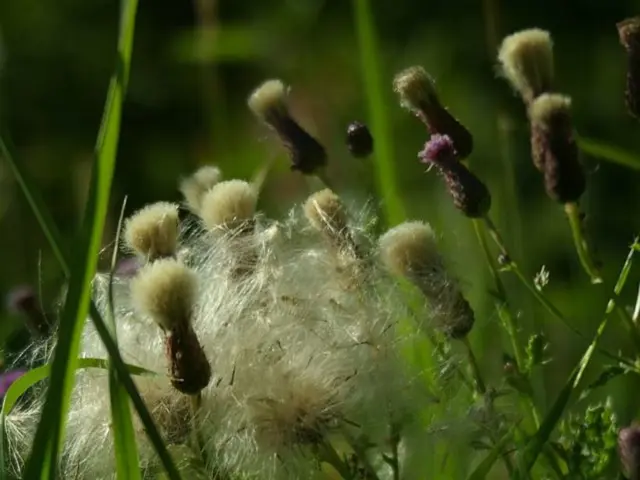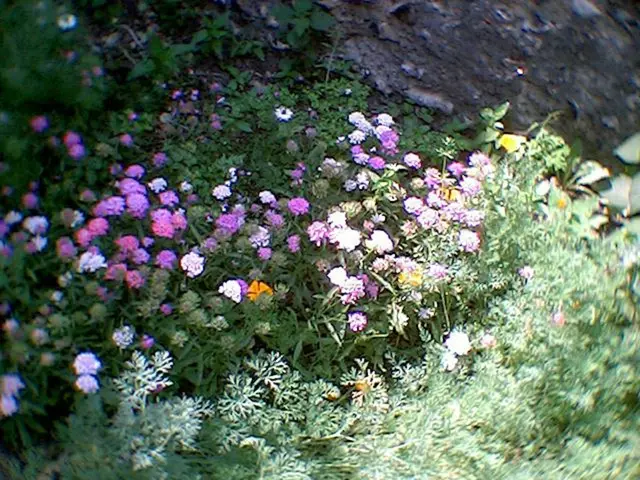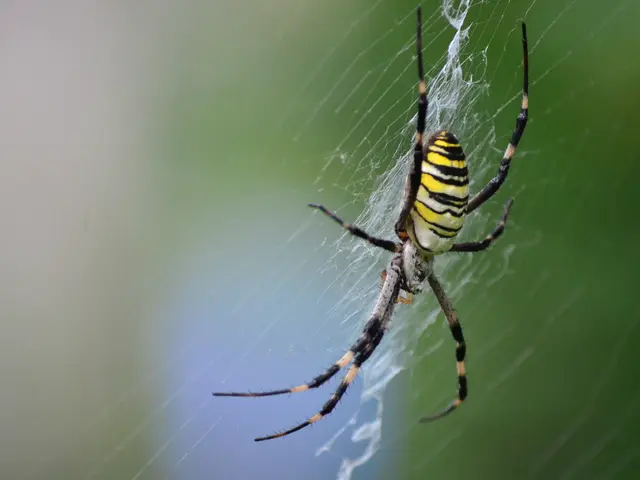Home DIY Guide: Constructing a Wicking Bed for Your Greenhouse to Effortlessly Grow Plants
Saving Water and Growing Greens: DIY Wicking Bed for Greenhouse, Balcony, or Patio
G'day gardeners! We've got an amazing hack for year-round greenhouse growing, especially for those of you in colder climates. We're talking about DIY self-watering wicking beds. Let's dive in!
Wicking beds have been a game-changer for our garage greenhouse setup, and we're eager to share our experience with you. These babies come in handy when you're in a bind for clean water sources and don't want any messy spillovers.
What's a Wicking Bed All About?
The DIY wicking bed is a superb solution for a self-watering raised bed, delivering nutrients from the bottom up! Regardless of size, from a small square foot to a good ol' big one, the wicking bed can be tailored to your space.
It features a waterproof lining at the bottom that holds a reservoir of water. Remarkably, this reservoir acts like a wick, drawing water upwards through the soil or plant roots. It's perfect for container gardening even in a greenhouse setting!
Placed close to your house, wicking beds help keep the foundation dry while keeping your greenhouse plants thriving. They're also perfect if you're the type who doesn't enjoy watering plants daily—the self-watering bed can keep the soil moist for a longer stretch of time, though it too has its limits.
Building Your Own Wicking Bed
So, here's what you'll need to construct your very own wicking bed:
- A raised bed (waterproof or with a waterproof liner)
- An overflow pipe, positioned about 8 inches (ca. 20 cm) from the bottom
- A watering inlet (bottom fitting with holes)
For larger beds, we recommend using scoria, gravel, or rocks. Smaller containers can make do with a pot or two. Don't forget to cover the scoria with weed control fabric or a shade cloth to keep those pesky weeds at bay.
Now, it's time to add a quality soil mix. We love Mel's Mix from the "All New Square Foot Gardening" book: simply combine compost, vermiculite, and peat moss in a 1:1:1 ratio. Now, you're ready to grow tomatoes or any other leafy green you fancy!
Our Wicking Bed Experience
We've been using our wicking beds for year-round growing, first insulated with Styrofoam (note: we now recommend construction plastic from a hardware store). Unfortunately, our plastic liner leaked—yikes! So, we recommend using a more durable pond liner instead.
We gathered rocks from a nearby farmer's field for free, which worked fantastic. As for the pipe, well, it was a leftover from our previous aeroponic setup in the same bed.
A thin layer of weed control fabric was added to create a barrier between the rocks and the soil. The most significant part of any garden bed, ladies and gents, is the soil. Without a doubt, Mel's Mix has been our best friend!
So, what's your take on wicking beds? Have you given them a whirl already? Share your experiences and any tips you have below!
Remember to follow us on our website, Facebook, Instagram, and Pinterest for more gardening goodness!
Here's a list of other DIY projects you might enjoy:
- DIY Raised Garden Bed or Planter Box
- Build a Root Cellar in the Basement
- Repairing a Geodesic Dome Greenhouse
- Simple DIY Solar Food Dehydrator
- Easy Lattice Trellis for Climbing Plants
- DIY Yankee or Cape Cod Weeder Tool
- Rainwater Harvesting for Use in the Garden
- Raised Window Protected Garden
- Easy DIY NFT Hydroponic System Build
- Rolling Home: Our DIY Journey with the Country Garden Cabin
- Geodesic Dome Greenhouse Building Review: 12 Years of Use
- How to Create a New Garden Bed
Happy gardening, folks! Let's keep growing together!
- Our DIY wicking bed has been a lifesaver in our garage greenhouse, a perfect choice for growing greens in cold climates.
- Regardless of its size, the wicking bed is adaptable for small balconies, patios, or even a greenhouse, delivering nutrients to the plants from the bottom up.
- This self-watering raised bed, fitted with an overflow pipe and a watering inlet, relies on a waterproof lining and a reservoir to draw water up through the soil or plant roots.
- Placed close to our home, our wicking beds keep the foundation dry while supporting our greenhouse plants, saving water and making maintenance easier.
- Building a wicking bed at home is quite straightforward, with materials like a raised bed, an overflow pipe, and a watering inlet being essential for its construction.
- We've had success with Mel's Mix, a quality soil mix consisting of compost, vermiculite, and peat moss in equal proportions, for our hydroponics-style wicking beds, allowing us to grow various plants year-round.








